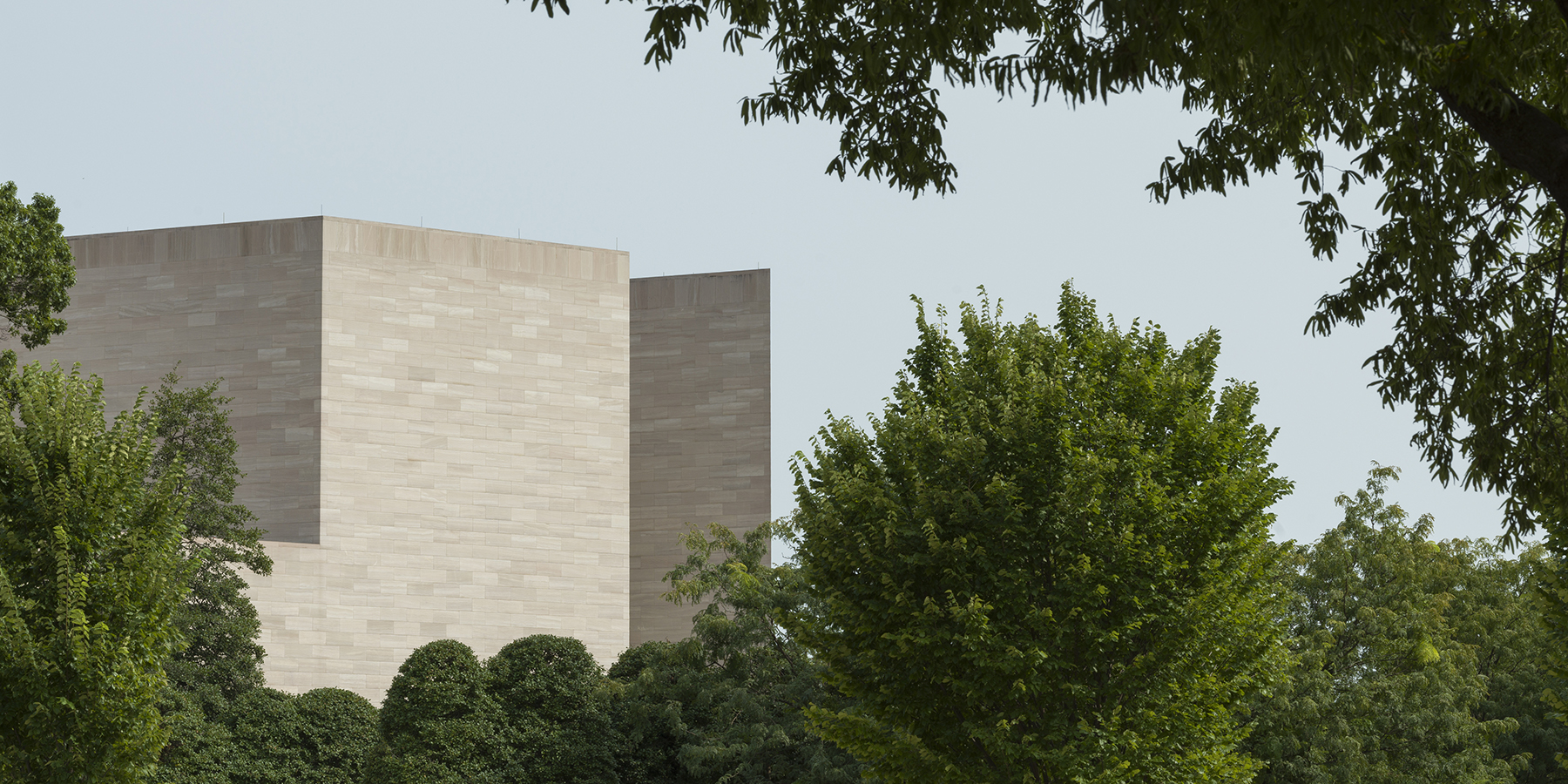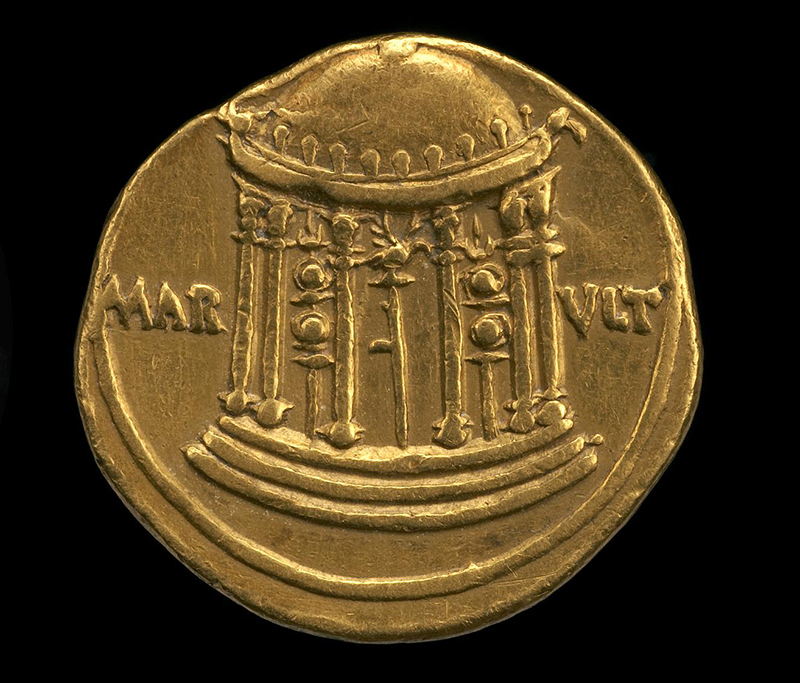The dome is a globally shared archetype, as primeval form of self-supporting shelter (from the Inuit igloo to the Puglian trullo) and as place-in-the-world (under the “dome of heaven”). Across continents and over millennia, each begs to rehearse the other. This project therefore traces the history of the dome diachronically, as both concept and construction, from housing for the living to houses for the dead, from sacred microcosms to scientific planetariums, from temples of the gods to temples of the nation-state.
The dome has overshadowed the conflicts and détentes of political and religious history (there is no better example than the Dome of the Rock in Jerusalem, c. 691), while symbols and technologies have migrated back and forth across cultural borders, ranging from the intersection between the Hellenistic tholos and the Buddhist stūpa, to the reciprocal influence of Byzantine and Islamic architecture, to the “anxiety of absence” in those Gothic chapter houses or crossings (for example, Ely Cathedral, 1322–1340) that compensate for the impossibility of building a Roman dome, and so on. These transmissions do not halt at the dome’s hard surface but also include the transcendent illusionism of its decoration, from the descriptive cartography of the zodiac in the royal baths at Quṣayr ‘Amra, Jordan (723/743), to the aniconic and calligraphic paradises of Islamic cupolas, through the panoptic Pantokrators of Byzantine vaults, the massed saints and cloud banks of baroque ones, and finally the Apotheosis of Washington (1865) in the US Capitol and James Turrell’s Aten Reign (2013) at the Guggenheim.
During the course of drafting this book, two of its chapters have ballooned into monographs in their own right. The first (“Why Round Temples?”) began merely as an attempt to prove the very existence of domes in circular temples (tholoi) before the acme of the famous Pantheon (designed 110/114 CE). This in turn led to the question: Why build round temples at all? The near-completed book now broadly investigates the semantics of the ancient tholos from Rome to Rajasthan (Bairat), as well as its perduring afterlife through the Middle Ages until modernity, from Ethiopian gospel books to tholoi as follies. Although trying to attach an exclusive identity to the ancient tholos will only lead us in circles, its signifying form did subsume the overlapping connotations of the heroön (hero shrine), tropaeum (trophy), celestial orb, and chthonic earth. Indeed, the capacity of the tholos to communicate between the globe of the earth and the sphere of the heavens made it an ideal vehicle for the apotheosis of the hero—a man elevated almost to a god—by combining tumulus (mound tomb) and temple. A small portion of this research, on a long-lost temple in Rome and Greco-Roman domes, has recently been published in volume 66 of Memoirs of the American Academy in Rome.


